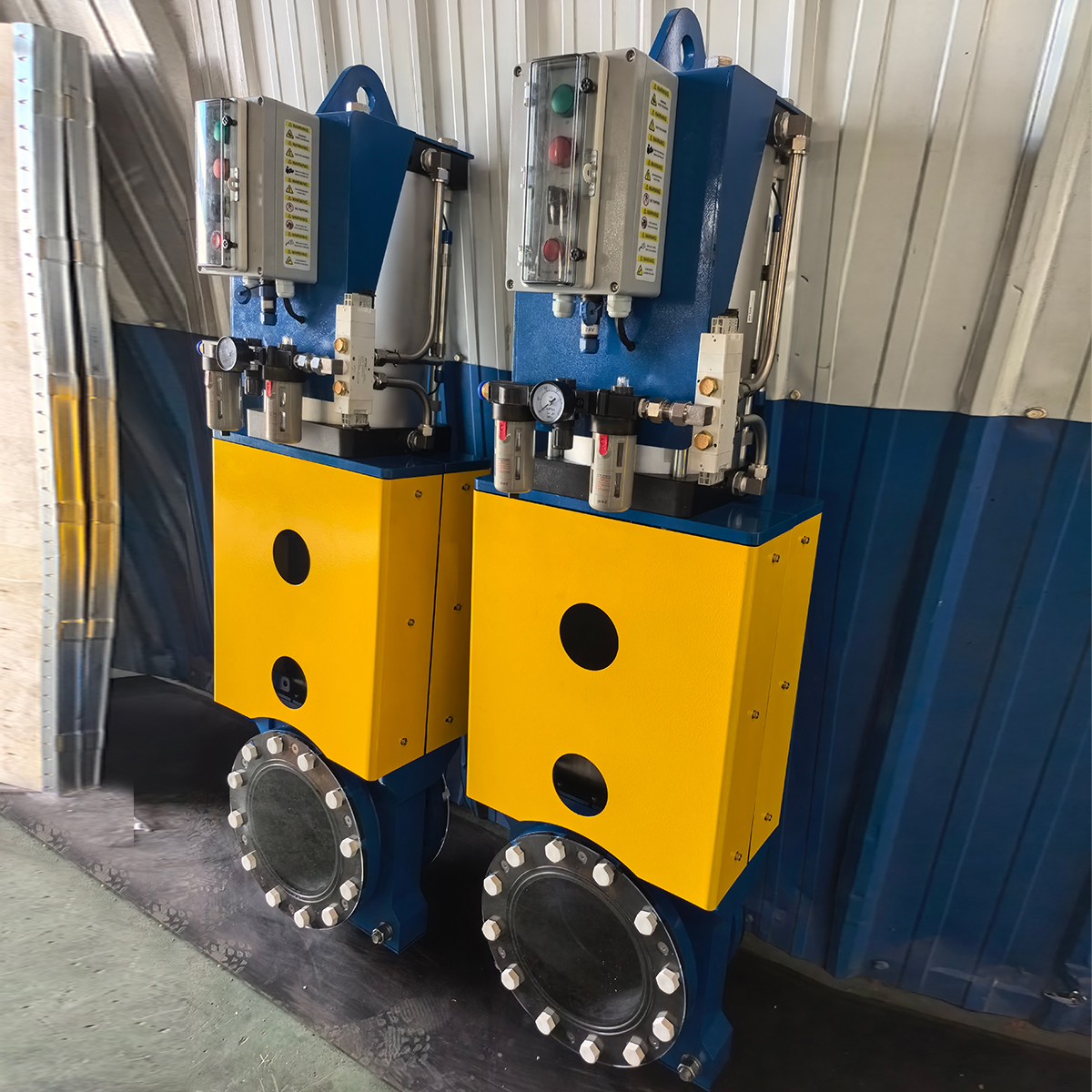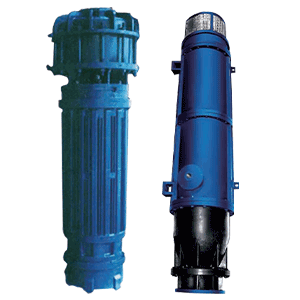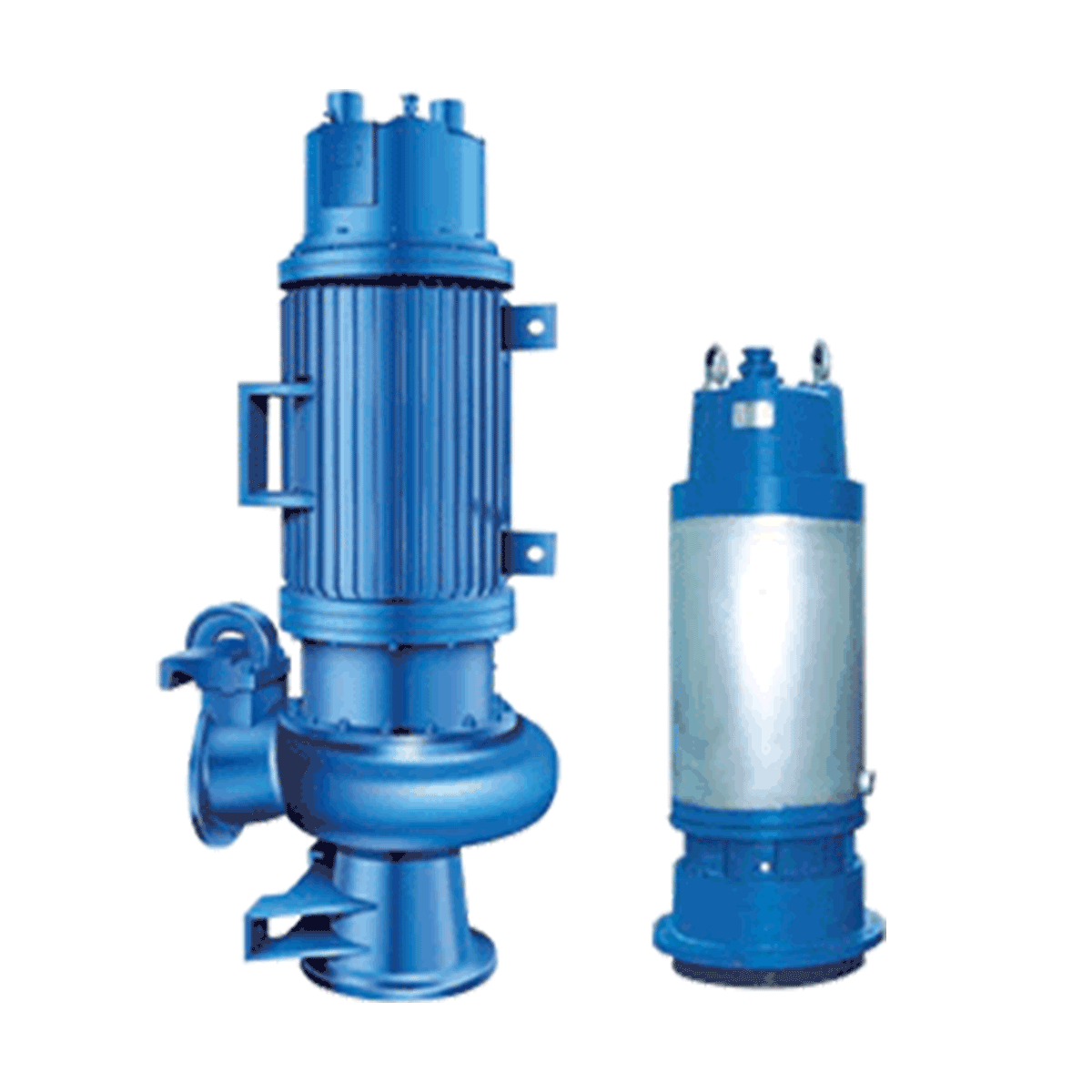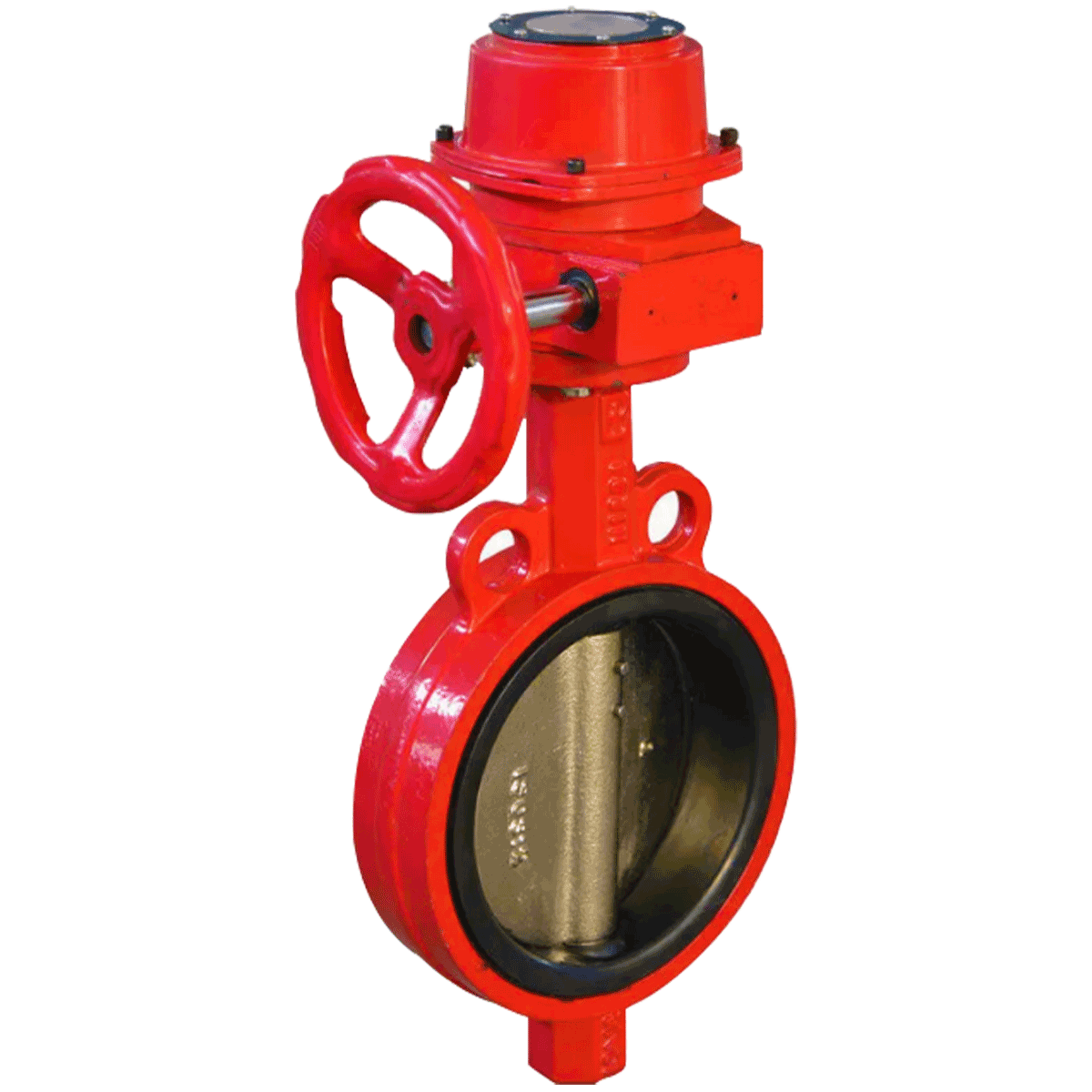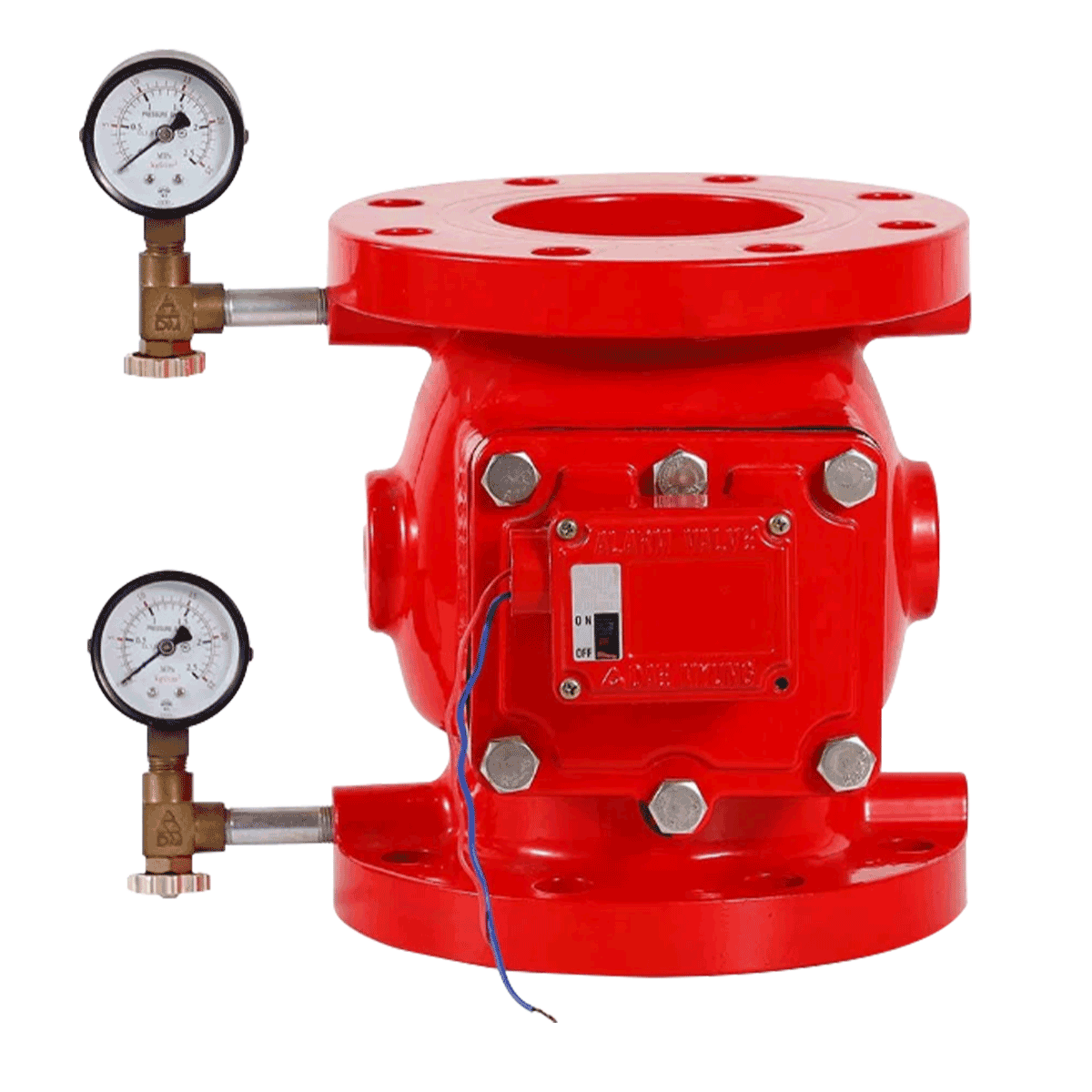

Fire Fighting signal Gate Valve Control Butterfly Valve
Manufacturer : MORETEC
Part number :
OEM Compatibility :
Category :Pump & Valve
Description
Description
Fire signal gate valves and control butterfly valves each play an important role in a fire protection system and are typically used to regulate water flow and respond to fire alarm signals. The following is a brief description of their functions and operating principles:
Fire signal gate valve:
Function: Signal gate valves are usually used in fire hose systems, which can be opened or closed automatically by receiving a control signal when a fire alarm occurs. Signal gate valves have an integrated signal sensor that signals when the gate valve opens or closes to notify the fire control system or operator of the current valve status.
Working Principle: When the fire protection system is activated, the sensor in the signal gate valve detects the opening or closing of the valve and feeds back to the control system via an electrical signal to ensure that water flows as required.
Control butterfly valve:
FUNCTION: Butterfly valve is mainly used to control the flow of fluid in the fire protection system. It has a simple structure and is suitable for switching and regulating water flow. Fire butterfly valves are often used in pipelines to help maintain a steady flow of water and proper pressure.
Working Principle: Controlling the opening and closing of butterfly valves is usually realized by electric or pneumatic devices. In fire protection systems, butterfly valves can automatically respond to fire control signals to control the flow of water in the pipeline. The structure of this valve makes it perform well in high flow and high pressure environments.
Linkage work:
In some fire protection systems, fire signal gate valves and control butterfly valves can be linked. For example, when the signal gate valve receives a fire alarm signal, the control butterfly valve can automatically open or close to control water flow or respond to a fire situation. This linkage ensures the efficient operation of the fire protection system and helps the fire suppression system respond to the fire risk in a timely manner.
If you have more specific application scenarios or technical requirements, please feel free to ask further questions!
Fire signal gate valve:
Function: Signal gate valves are usually used in fire hose systems, which can be opened or closed automatically by receiving a control signal when a fire alarm occurs. Signal gate valves have an integrated signal sensor that signals when the gate valve opens or closes to notify the fire control system or operator of the current valve status.
Working Principle: When the fire protection system is activated, the sensor in the signal gate valve detects the opening or closing of the valve and feeds back to the control system via an electrical signal to ensure that water flows as required.
Control butterfly valve:
FUNCTION: Butterfly valve is mainly used to control the flow of fluid in the fire protection system. It has a simple structure and is suitable for switching and regulating water flow. Fire butterfly valves are often used in pipelines to help maintain a steady flow of water and proper pressure.
Working Principle: Controlling the opening and closing of butterfly valves is usually realized by electric or pneumatic devices. In fire protection systems, butterfly valves can automatically respond to fire control signals to control the flow of water in the pipeline. The structure of this valve makes it perform well in high flow and high pressure environments.
Linkage work:
In some fire protection systems, fire signal gate valves and control butterfly valves can be linked. For example, when the signal gate valve receives a fire alarm signal, the control butterfly valve can automatically open or close to control water flow or respond to a fire situation. This linkage ensures the efficient operation of the fire protection system and helps the fire suppression system respond to the fire risk in a timely manner.
If you have more specific application scenarios or technical requirements, please feel free to ask further questions!
Parts List


